Emphasis on Continuous Improvement
The Scrum Software Market is increasingly characterized by an emphasis on continuous improvement practices. Organizations are adopting frameworks that encourage iterative development and regular feedback loops, which are fundamental to the Scrum methodology. This focus on continuous improvement is supported by data indicating that companies implementing Scrum report a 40% increase in project success rates. As businesses strive to enhance their operational efficiency and deliver higher-quality products, the demand for Scrum software that supports these practices is likely to grow. This trend suggests a robust future for the Scrum Software Market, as organizations prioritize tools that facilitate ongoing enhancement of processes and outcomes.
Integration of Artificial Intelligence
The integration of artificial intelligence (AI) into the Scrum Software Market is transforming how teams manage projects. AI technologies are being utilized to automate routine tasks, analyze project data, and provide insights that enhance decision-making. This trend appears to be gaining traction, as organizations seek to leverage AI to improve productivity and reduce time spent on manual processes. Reports suggest that the use of AI in project management tools could lead to a 30% increase in efficiency. Consequently, the Scrum Software Market is likely to witness a significant uptick in demand for software solutions that incorporate AI capabilities, thereby reshaping the competitive landscape.
Growing Demand for Agile Project Management
The Scrum Software Market is experiencing a notable surge in demand for agile project management solutions. Organizations are increasingly recognizing the benefits of agile methodologies, which promote flexibility and responsiveness to change. According to recent data, the adoption of agile practices has risen by approximately 70% among software development teams. This shift is largely driven by the need for faster delivery of products and services, enabling companies to remain competitive in a rapidly evolving marketplace. As businesses strive to enhance collaboration and efficiency, the Scrum Software Market is poised for substantial growth, with projections indicating a compound annual growth rate of around 20% over the next five years.
Rising Need for Enhanced Collaboration Tools
As remote work becomes increasingly prevalent, the need for enhanced collaboration tools within the Scrum Software Market is more pronounced than ever. Teams are seeking solutions that facilitate seamless communication and collaboration, regardless of geographical barriers. The market for collaboration software is projected to grow by approximately 25% annually, driven by the demand for tools that support virtual teamwork. Scrum software that integrates features such as video conferencing, real-time document sharing, and task management is becoming essential for organizations aiming to maintain productivity in a distributed work environment. This trend underscores the importance of investing in robust collaboration solutions within the Scrum Software Market.
Expansion of Training and Certification Programs
The expansion of training and certification programs within the Scrum Software Market is fostering a more skilled workforce. As organizations increasingly adopt Scrum methodologies, the demand for qualified professionals who can effectively implement these practices is rising. Recent statistics indicate that the number of Scrum certification holders has increased by over 50% in the past two years. This growth is indicative of a broader trend towards professional development in agile practices. Consequently, the Scrum Software Market is likely to benefit from this influx of trained individuals, as companies seek to enhance their project management capabilities and ensure successful implementation of Scrum frameworks.


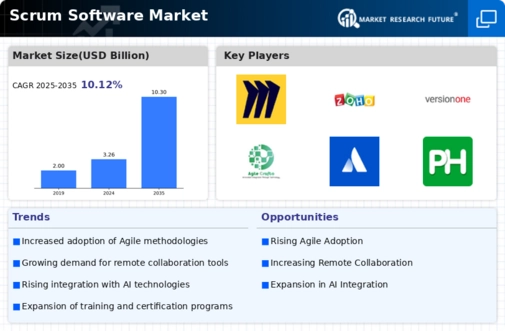
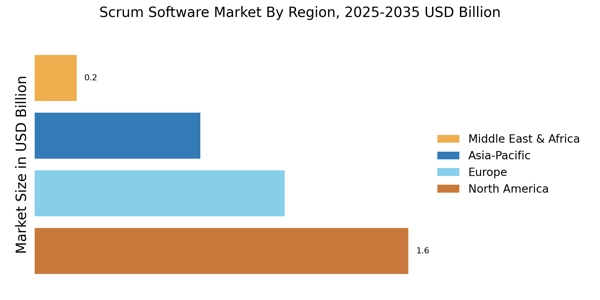
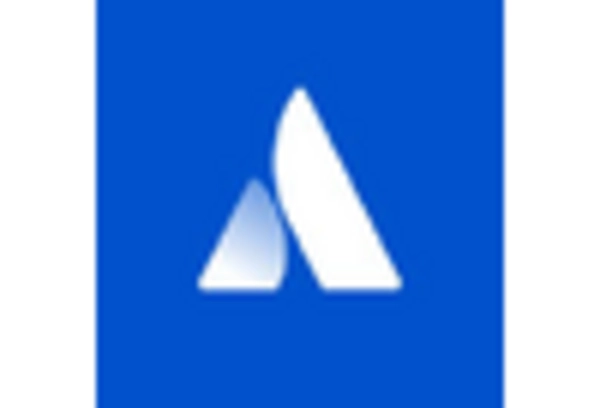

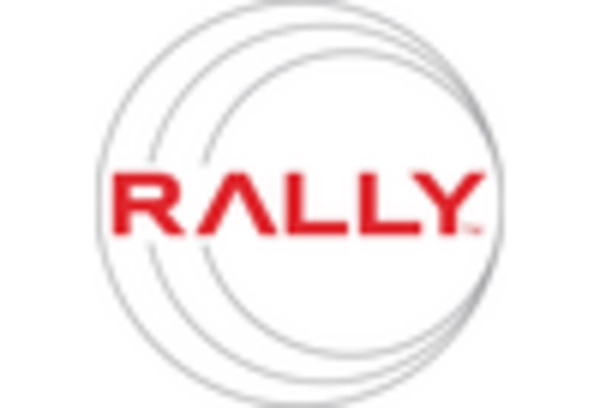
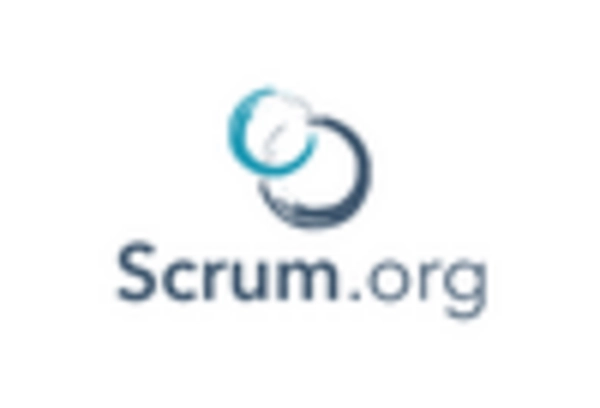
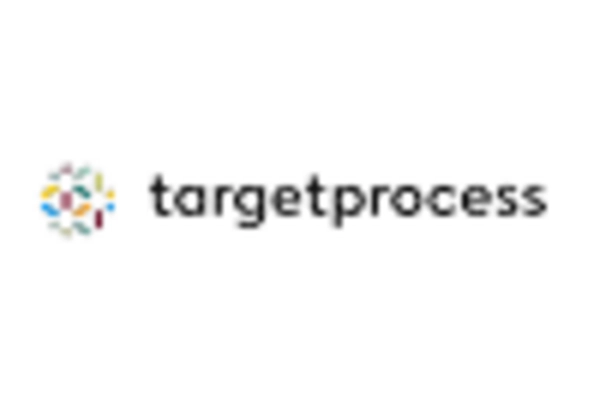
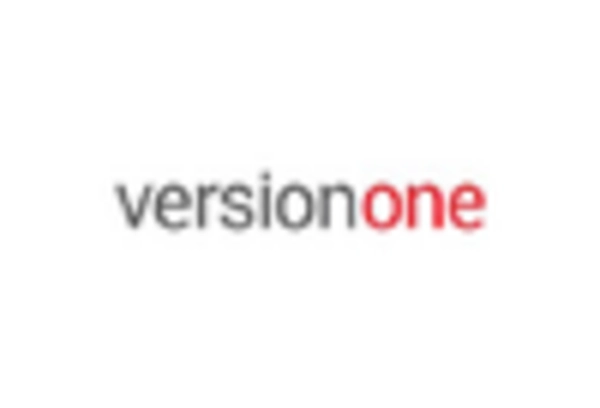








Leave a Comment